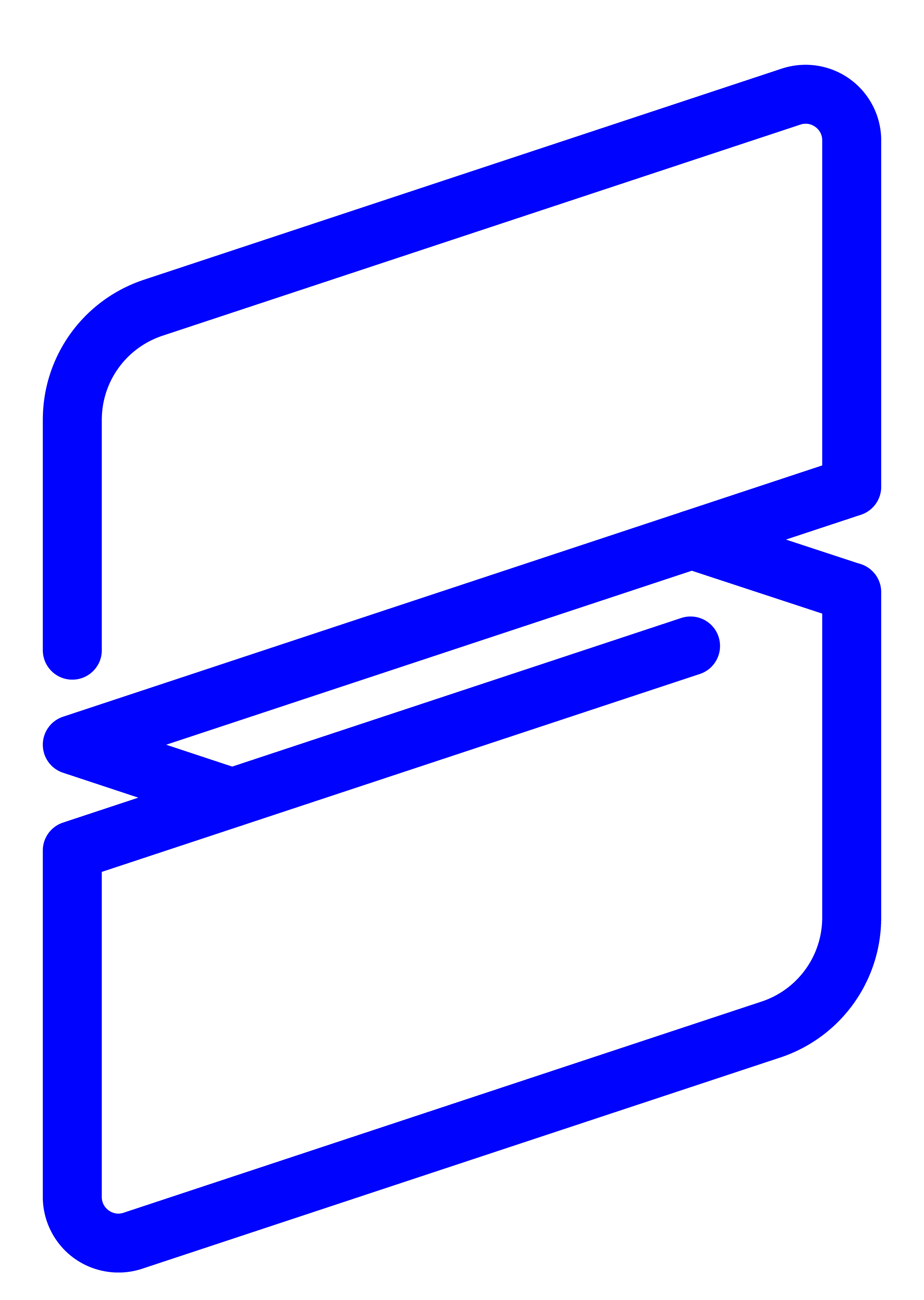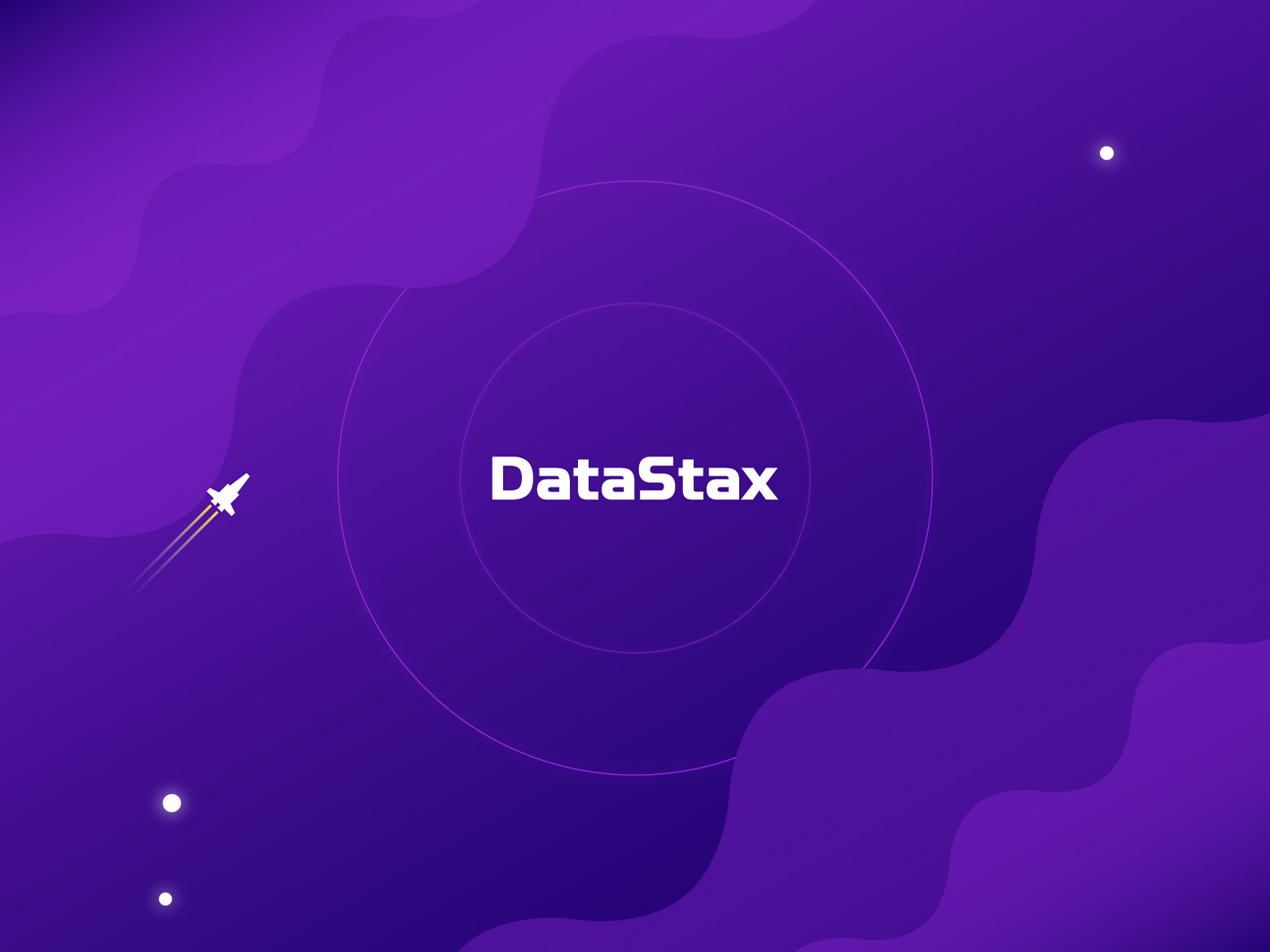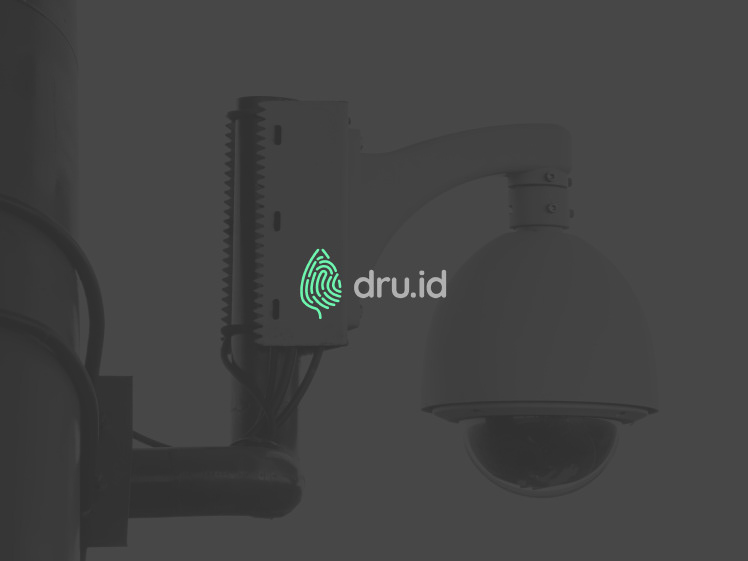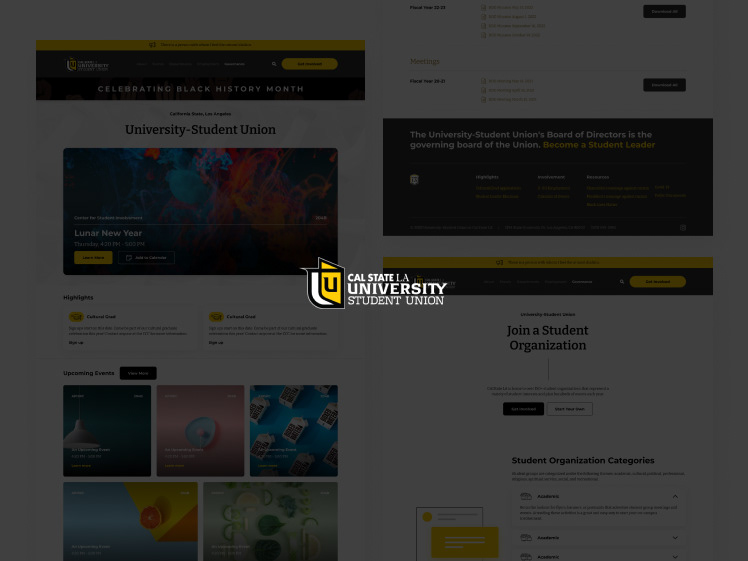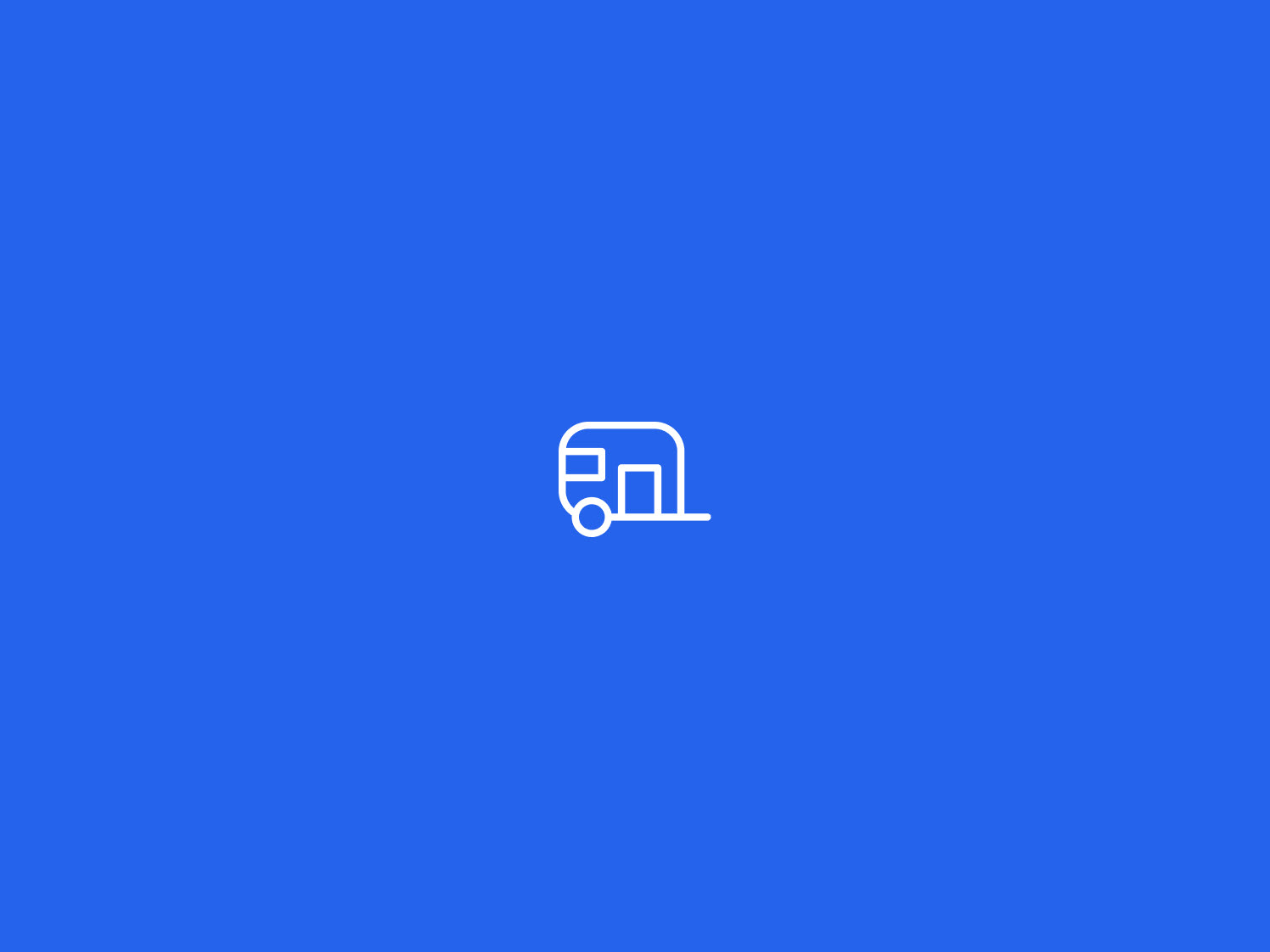I cannot express enough how grateful I am for the incredible dedication and hard work put forth by everyone involved in this project. I want to extend a special thank you to Gerrymi Bernardo and Rael Bernardino, whose outstanding efforts in both front-end and back-end development were essential to the project's success.
The year 2020 brought many challenges, especially for small businesses. The pandemic forced the closure of numerous establishments, from fitness centers to restaurants. Many business owners realized that waiting for a nationwide lockdown to be lifted was not a viable option in the short term.
Merchant is a platform that supports entrepreneurs by providing a clutter-free space to sell their products. We understand that social media platforms can be overwhelming, so we aim to offer a straightforward and user-friendly interface. Additionally, our low-cost operations make it easy and affordable for entrepreneurs to succeed.
At Merchant App, we have a unique advantage over our competitors. Our entire store is accessible through a mobile phone, which is becoming increasingly popular compared to laptops and computers. We understand the convenience that comes with mobile accessibility, and we strive to make the shopping experience as easy and convenient as possible for our customers.
It all started when a client reached out to our team with a problem they were facing. They were feeling overwhelmed with using platforms like Etsy and Shopify and were looking for a solution that required minimal management.
We've seen these platforms flood users with dashboards, notifications about plugins, and other metrics that aren't always helpful. That's why we set out to create something simpler, cleaner, and more user-friendly.
After brainstorming, we agreed that our final solution had to be user-friendly enough for people with minimal technical know-how and mental effort to use.
Let me introduce you to Leonard Her, a small business owner in Los Angeles who dreams of expanding his business to a full-blown restaurant and deli. We'll be using Leonard as a character to help us better understand how to assist users in achieving their goals by utilizing certain features of the app.
During our research, it was crucial to identify the features that would be most useful for our application. We looked into tools offered by other e-commerce platforms and decided to simplify certain complexities into features that were both simple and sufficient for their intended purposes. Our quantitative research revealed that the five small business owners we interviewed only needed to track three different values.
The app's main objective was to simplify the process of tracking transactions, displaying overall revenue, and managing products for the merchant.
I created a user flow that ensures a seamless experience while minimizing roadblocks. This includes features such as onboarding, store management, and inventory maintenance to ensure smooth and easy navigation for the user.
We designed these screens to provide a quick and comprehensive view of the user's most important data. The dashboard displays key metrics like revenue, units sold, and transactions completed, while the product form allows for easy product creation.
Once the general appearance of the application was established, I was able to confidently design the remaining screens to enhance the overall user experience. I continued to refine the design as I progressed, constantly referring back to pen and paper to ensure a cohesive and polished final look.
When new users sign up, they can immediately start adding products to their store. We've made the onboarding process as easy as possible by allowing users to sign up with just their email.
Once we implemented the most important set of features (revenue, inventory, and transaction tracking) we found it useful to inaugurate a pilot program featuring 2 storefronts in order to collect more data. The developers on the team established a database that would give us metrics on how well [or inefficient] our product performed by providing a week-by-week summary of the number of transactions and the overall usability of the application.
We were excited to put our product to the test and see how it would perform in the real world. To do this, we launched a pilot program with two storefronts and collected data on their transactions over 1.5 months. Our goal was to see a steady increase in transactions, an increase in open orders from returning customers, and positive revenue for the users. We're happy to report that our product achieved all of these goals during the program. Below is a table of data showing the transactions made for each storefront.
To determine the success of our app in catering to those who are not very tech-savvy, we conducted interviews with each business owner and their team. This qualitative research helped us understand how functional they found the app. While they generally found it easy to use and intuitive, they felt it needed a few more features to meet their more advanced requirements. Some of these included a customer-facing version of the app, the ability to manage multiple stores, and the ability to create teams within the store.
During the pilot program, we received several inquiries from small businesses looking for a more lightweight yet robust solution to move their sales online. As a result, we plan to continue onboarding users to refine our desktop-less tool.
Developing a mobile application that can match the complexity of a desktop application was a challenging task. It required thorough research and planning to ensure a seamless transition from desktop to mobile. In order to validate our hypotheses and identify potential pain points, we conducted competitor research and user interviews. We discovered that some small business owners struggled with technology and needed a tool that would allow them to focus on refining and creating new products. The feedback we received from users was encouraging and helped us identify areas where our app excelled, as well as areas that needed improvement. However, we acknowledge that there is still more data to be collected, screens to be designed, and feedback to be received in order to refine our app further.
We have established a comprehensive list of short-term goals, one of which is to successfully onboard 10 businesses before the conclusion of Q1 in 2021. As we look to the future, we are excited to share our plans for a more extensive user flow chart, as well as the implementation of customer-facing interfaces and intuitive gestures. These plans will be executed when it is more feasible for us to develop a native application.
